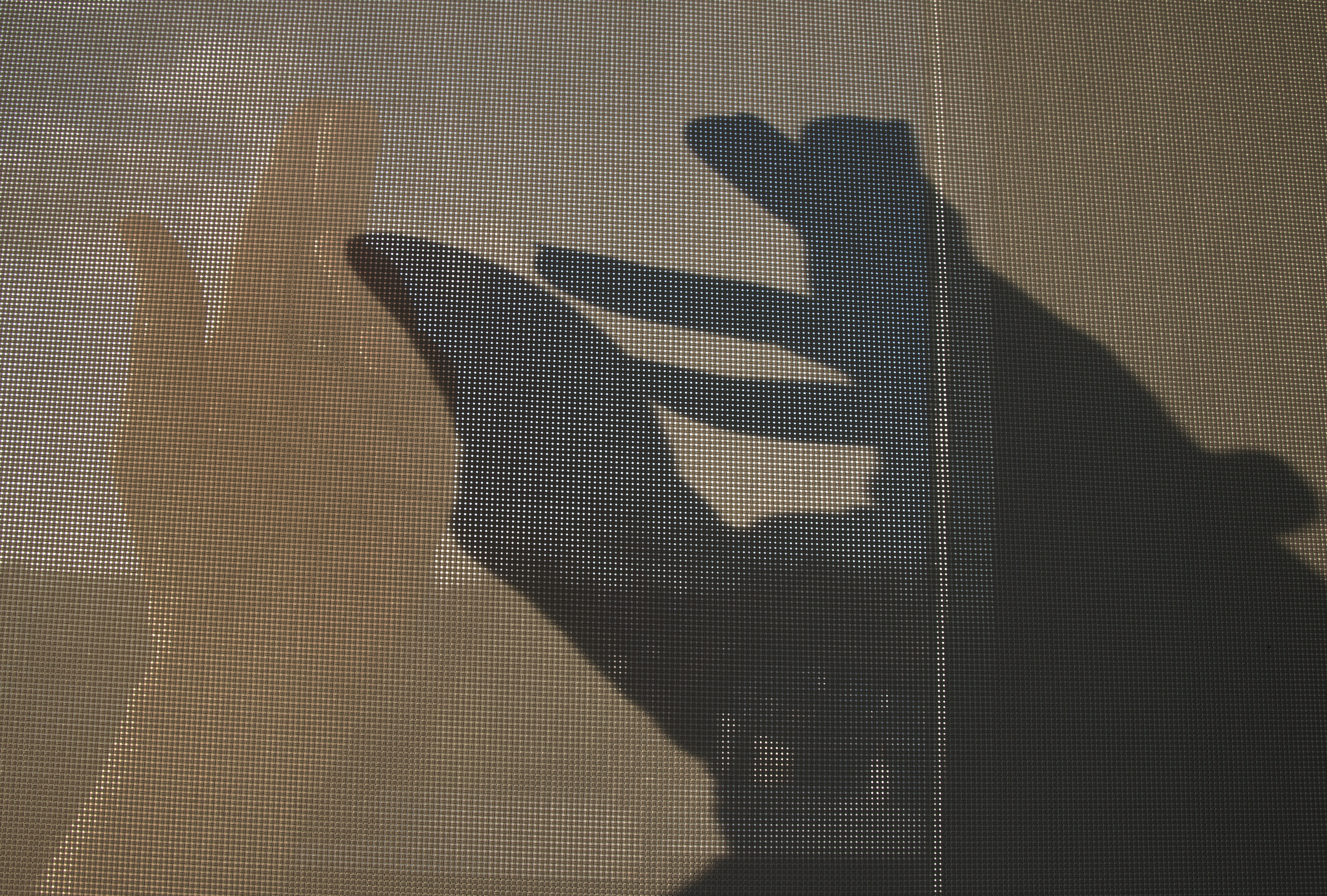

the specific effects of one’s own body shadows on cognitive processing. More specifically, the focus of research has covered two related, yet distinct issues, i.e., the generic effects of someone else’s body shadow vs. Recently, researchers have asked whether shadows cast by body parts may represent a unique class of stimuli for the visuomotor system.

This special salience of body-related stimuli is also well reflected in behavioral effects, which suggest that body parts undergo prioritized processing compared to other objects (e.g., Ro et al., 2007 Igarashi et al., 2008, 2010), especially when they belong to one’s own body (e.g., Frassinetti et al., 2009 Ferri et al., 2011).
#Describe the shadow you cast full#
It is now widely acknowledged that full bodies or body parts represent special stimuli for the brain and they are processed by specialized neural pathways (e.g., Downing et al., 2001 Arzy et al., 2006 Pourtois et al., 2007 Calvo-Merino et al., 2010 Cazzato et al., 2015). Moreover, our own body is frequently a source of shadows, projecting images of our bodily self in the environment. Others that we perceive in the visual scene often cast shadows of their body or body parts. One very special class of objects casting shadows in the environment is represented by human bodies. Furthermore, reaching movement kinematics can also be affected by the shadow casted by the target object ( Bonfiglioli et al., 2004). Moreover, several studies have shown that cast shadows of objects can play a critical role in defining the spatial arrangement of objects within a scene, in both dynamic and static contexts (e.g., Kersten et al., 1997 Yonas and Granrud, 2006 Imura and Tomonaga, 2009). For instance, it has been shown that shadows can foster object recognition ( Norman et al., 2000 Mascalzoni et al., 2009). It is now well established that our visual system can process shadows very rapidly (e.g., Elder et al., 2004 Rensink and Cavanagh, 2004) and use shadows for several visual functions (see Mamassian et al., 1998 Dee and Santos, 2011 for reviews).

The results stemming from this line of investigation have demonstrated that information conveyed by shadows can support several tasks performed in everyday life.

The processing of shadows has been the target of an increasing number of studies in recent years. The results will further clarify the processes underlying the merging of vision and somatosensation when creating body representations. Future research should address whether the effects exerted by body shadows are similar to those observed when observers are exposed to other visual instances of their body. The reviewed literature suggests that shadows cast by one’s own body promote binding between personal and extrapersonal space and elicit automatic orienting of attention toward the body-part casting the shadow. The review examines three main points: (1) body shadows as a special window to investigate the construction of multisensory body perception (2) experimental paradigms and related findings (3) open questions and future trajectories. The aim of the present article is to review the most recent scientific contributions addressing how body shadows affect both sensory/perceptual and attentional processes. Recent research has strongly suggested that shadows cast by our own body have a special status for cognitive processing, directing attention to the body in a fast and highly specific manner. One key issue when conceiving the body as a multisensory object is how the cognitive system integrates visible instances of the self and other bodies with one’s own somatosensory processing, to achieve self-recognition and body ownership.


 0 kommentar(er)
0 kommentar(er)
